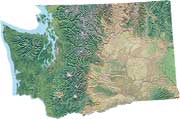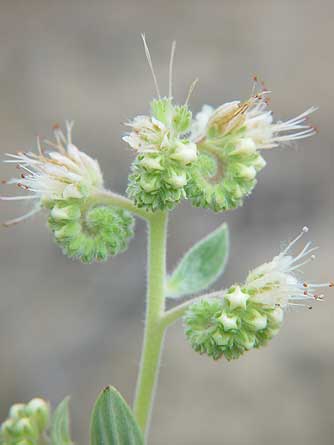
Silverleaf phacelia
Silverleaf phacelia is a native plant with rather homely scorpoid flowers and beautiful sculptured silvery-green leaves that reflect the blazing sun. This perennial, also known as Phacelia hastata hastata, is nicely adapted to survive hot, dry conditions, favors disturbed, sandy or gravelly locations in the shrub-steppe and dry pine woods, and blooms in mid-spring.
Silverleaf phacelia flowers support a diverse assortment of eastern Washington butterflies, spring-foraging bees such as bumble and mason bees, and beneficial wasps, including sensitive masarine wasps that rely solely on phacelia pollen as food for their offspring. This phacelia is distributed across the great basin from Washington state to California, east to Colorado and the Dakotas.
Silverleaf phacelia blooms about the same time as threadleaf phacelia and (in Washington state) in similar places as earlier-blooming white forget-me-not and later-blooming Douglas' dustymaiden and blanket flower. It also grows and goes well with late-summer blooming snow buckwheat, which has gray-green foliage.
Some species of phacelia are planted as ornamentals and
in some countries, are cultivated as crops to produce honey. Seeds of
several phacelia species require light to germinate, and a period of incubation
below 60 degrees F per Young and Young's Collecting,
Processing and Germinating Seeds of Wildland Plants.
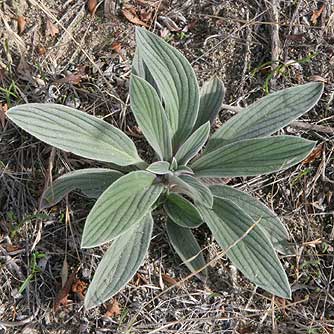
Silverleaf phacelia rosette, October
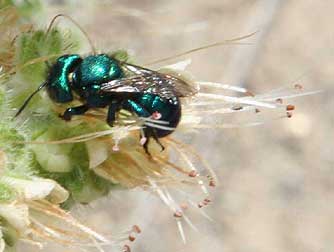
Metallic green mason bee
Melanosmia foraging on Phacelia hastata
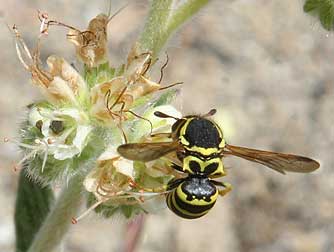
Pollen
wasp - pseudomasaris
foraging on Phacelia hastata
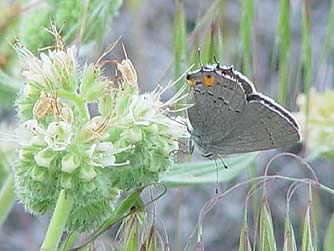
Gray hairstreak butterfly on silverleaf phacelia
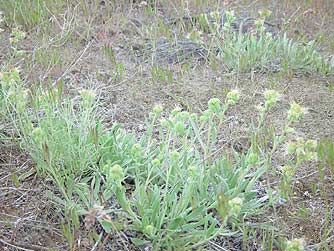
Silverleaf phacelia - Phacelia hastata
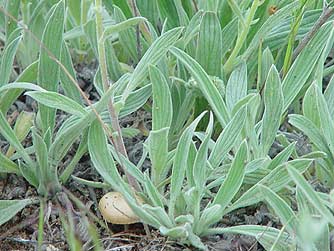
Silverleaf phacelia leaves
